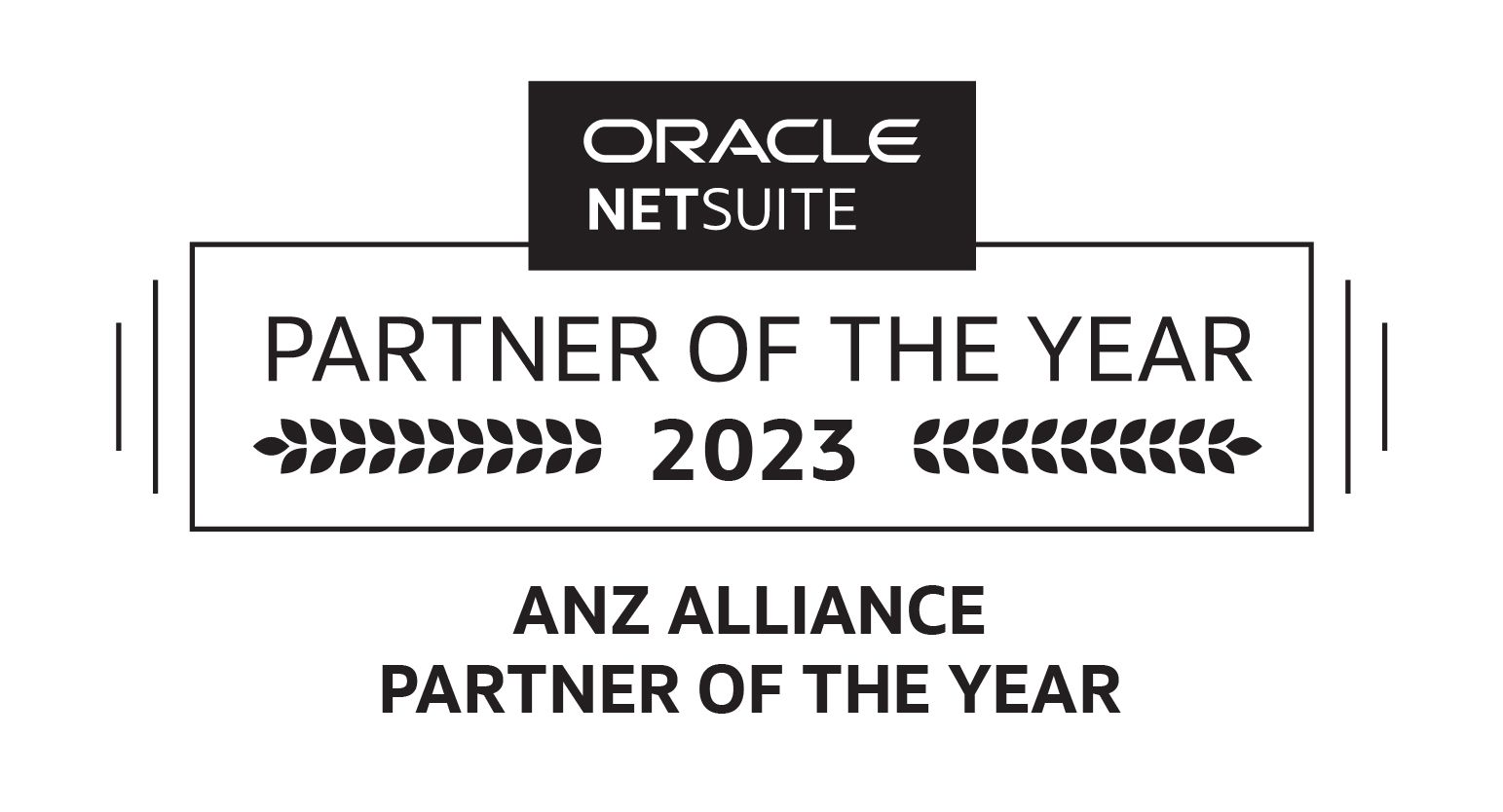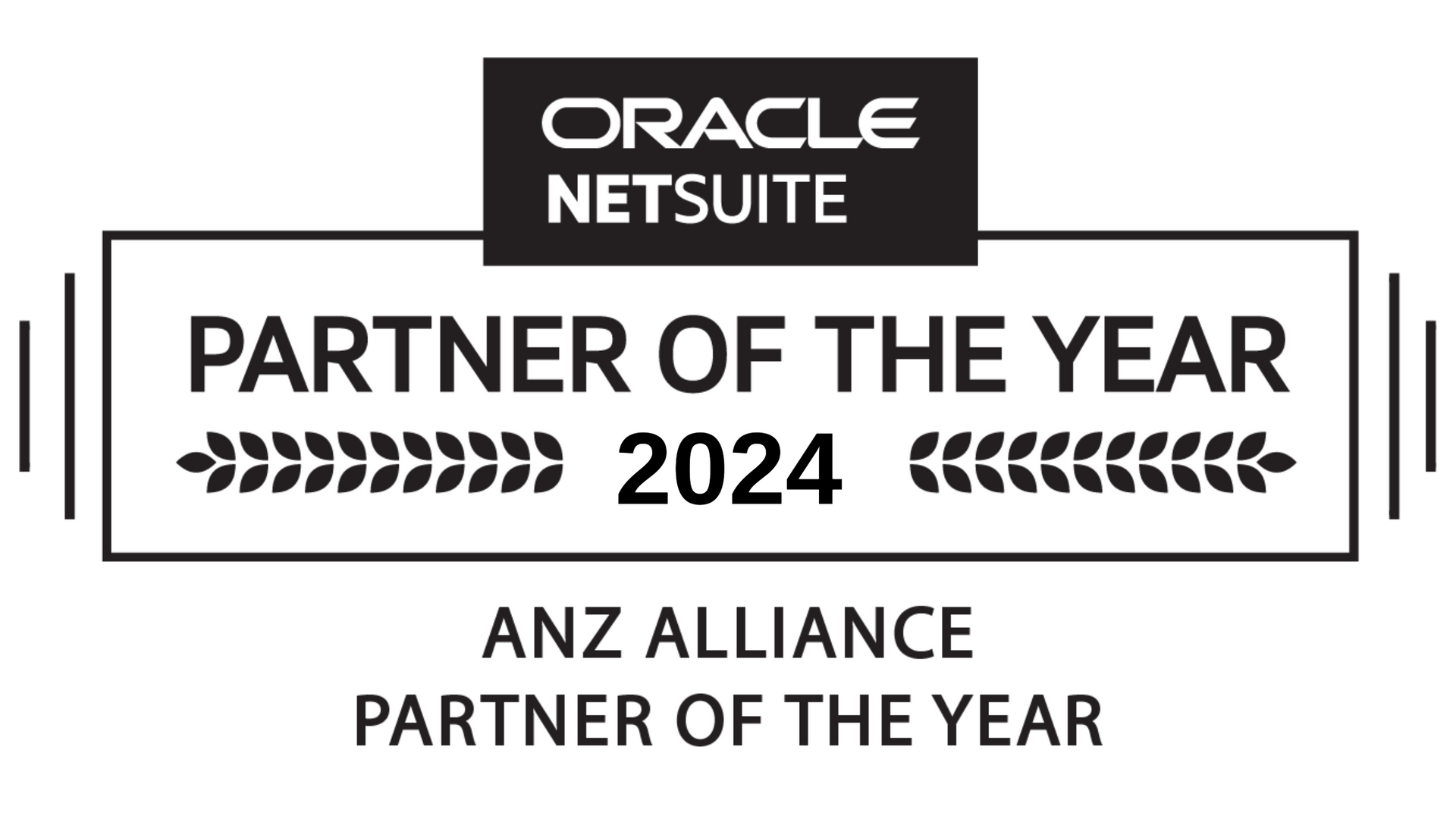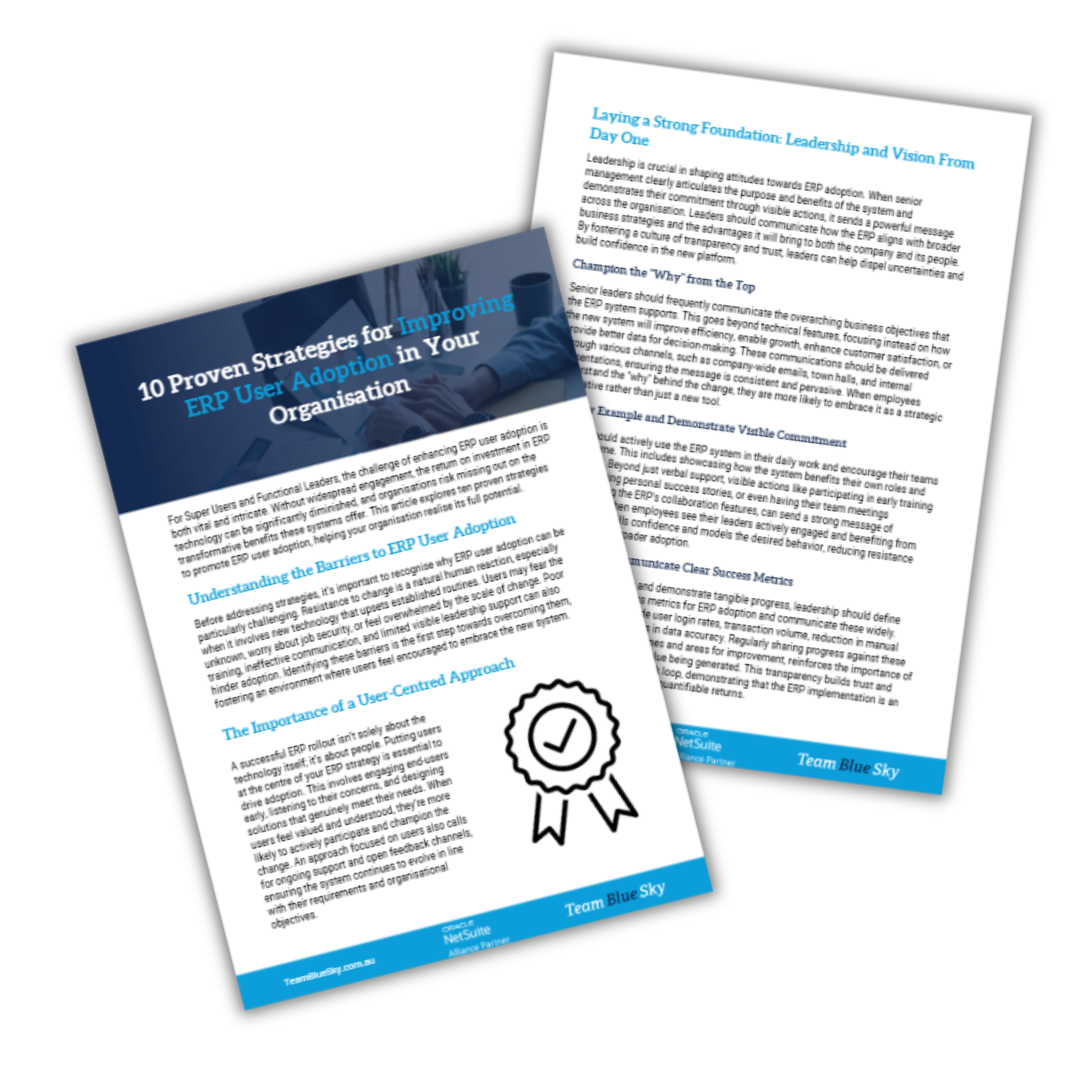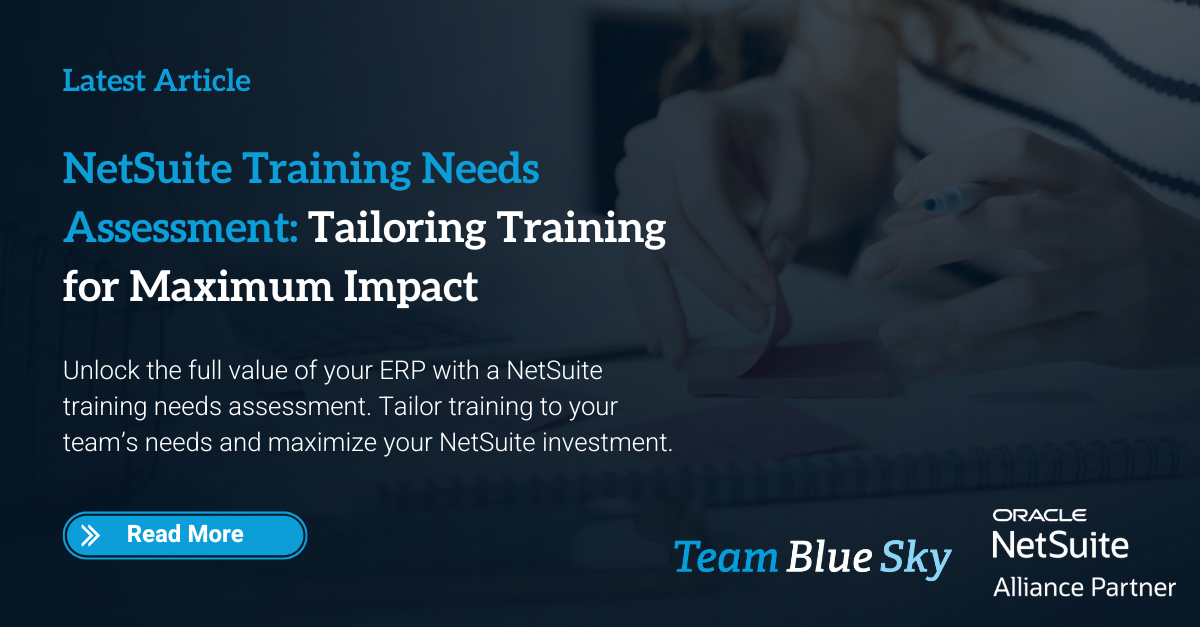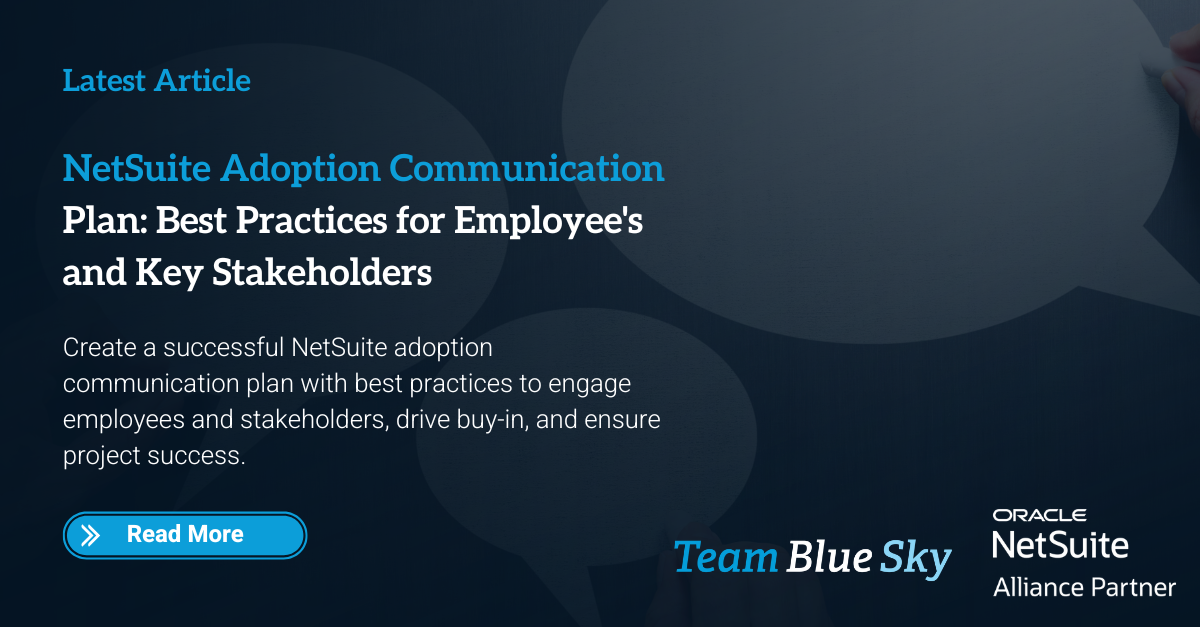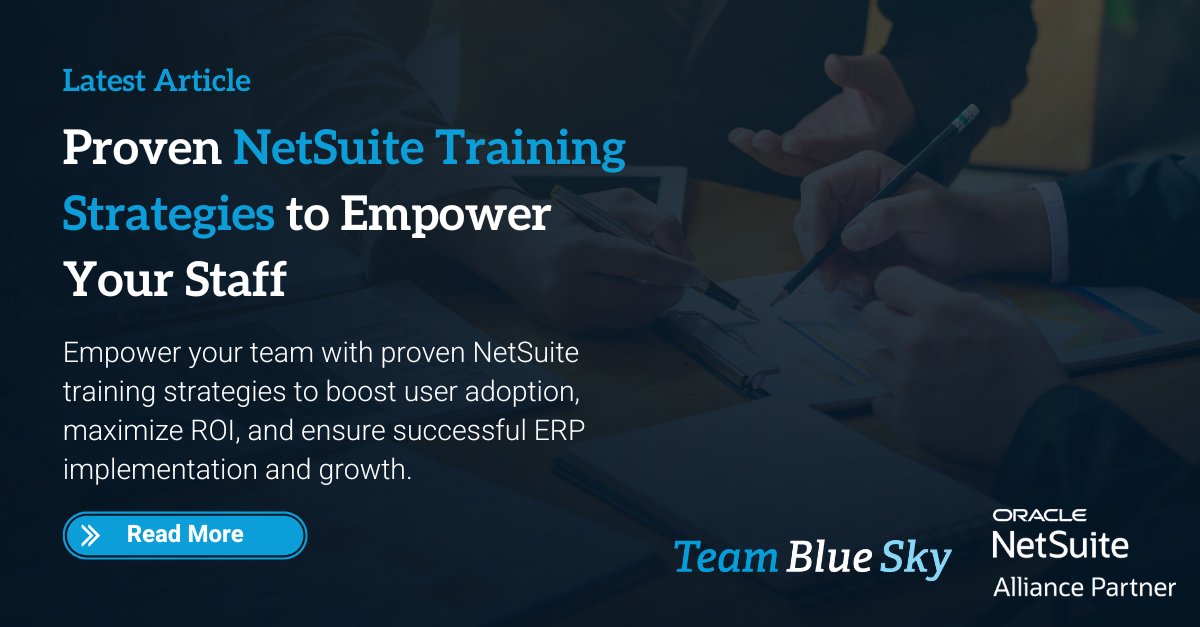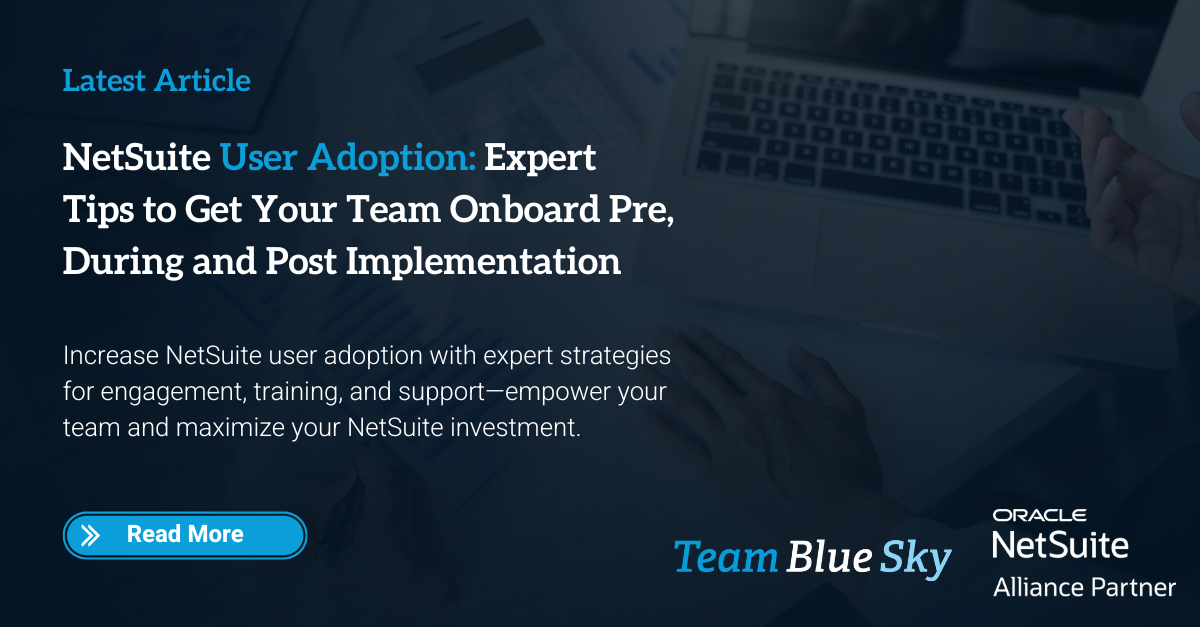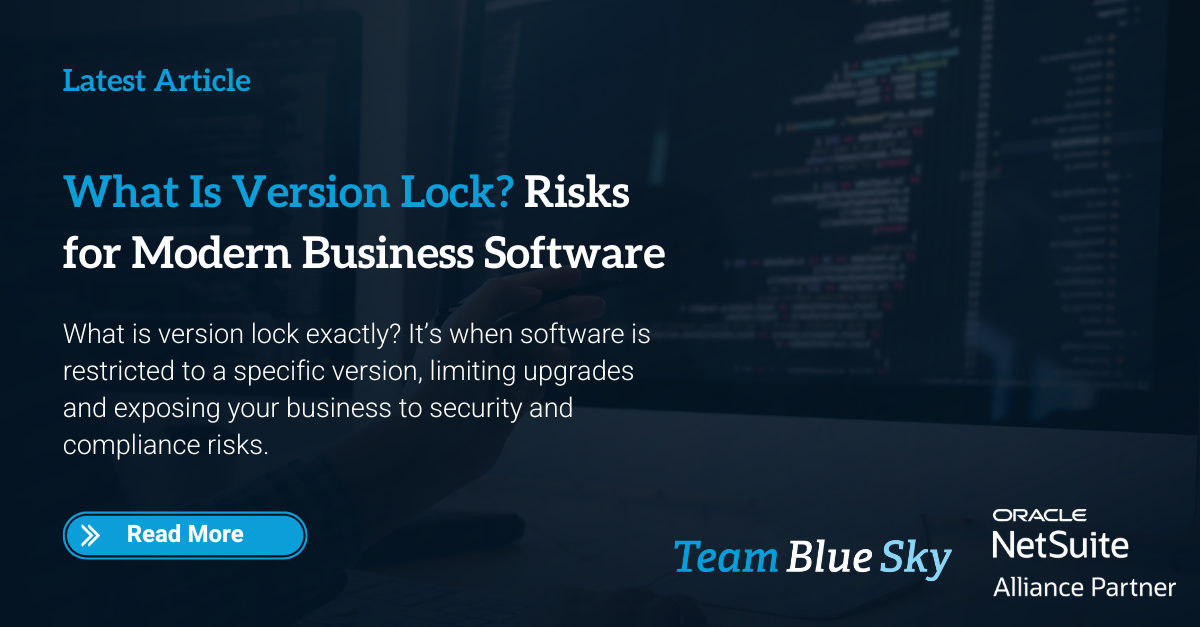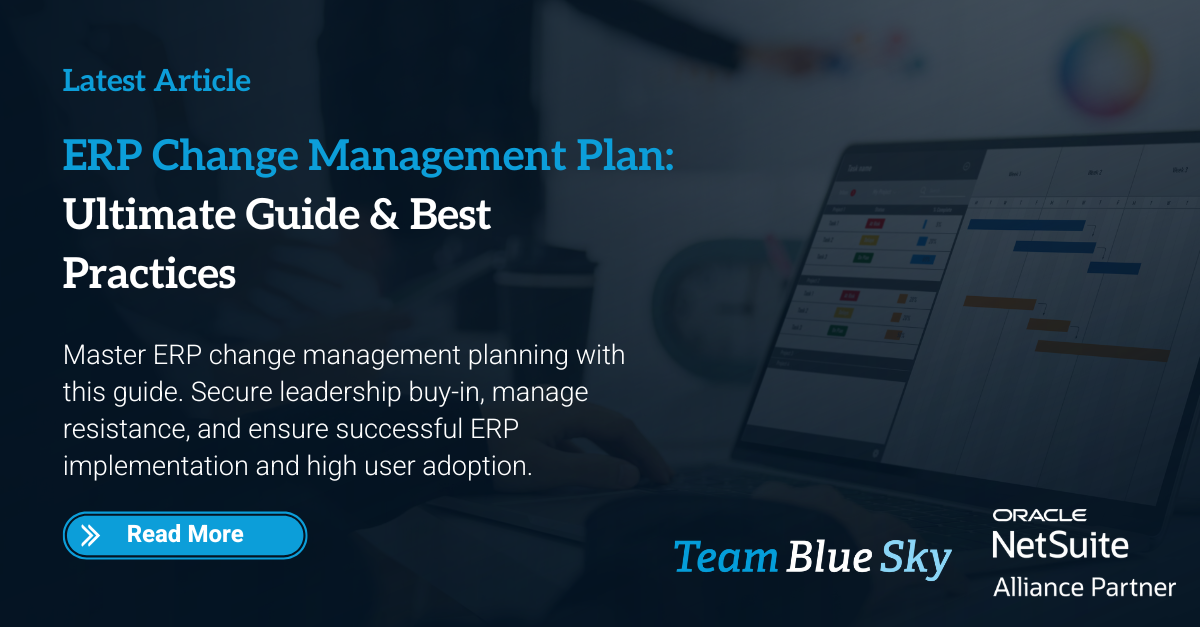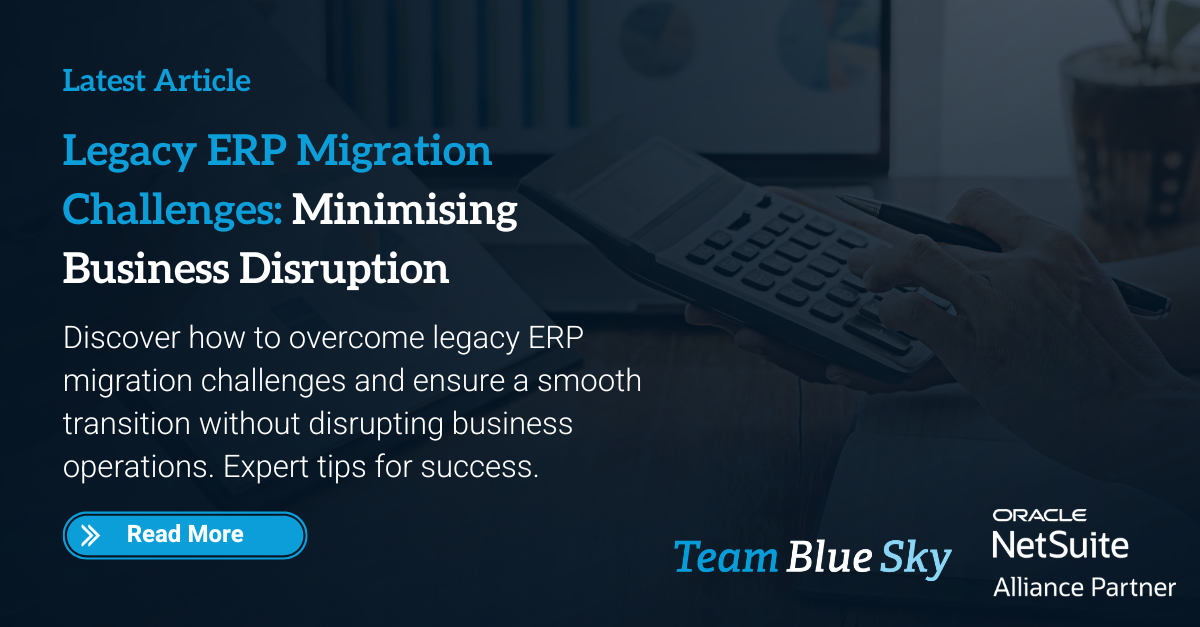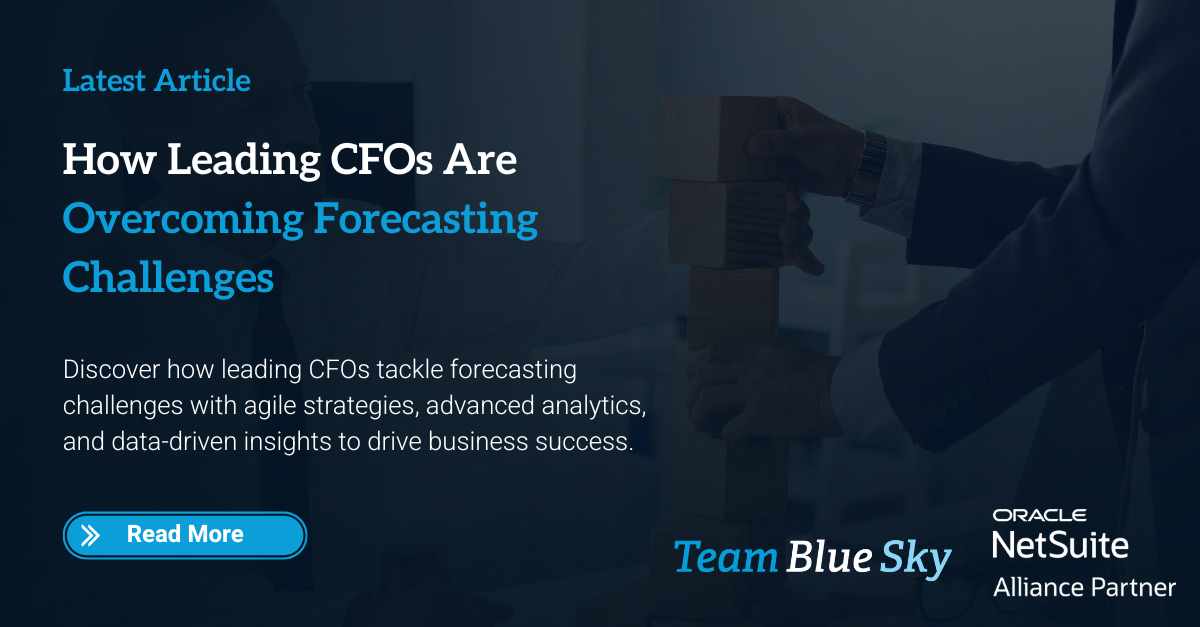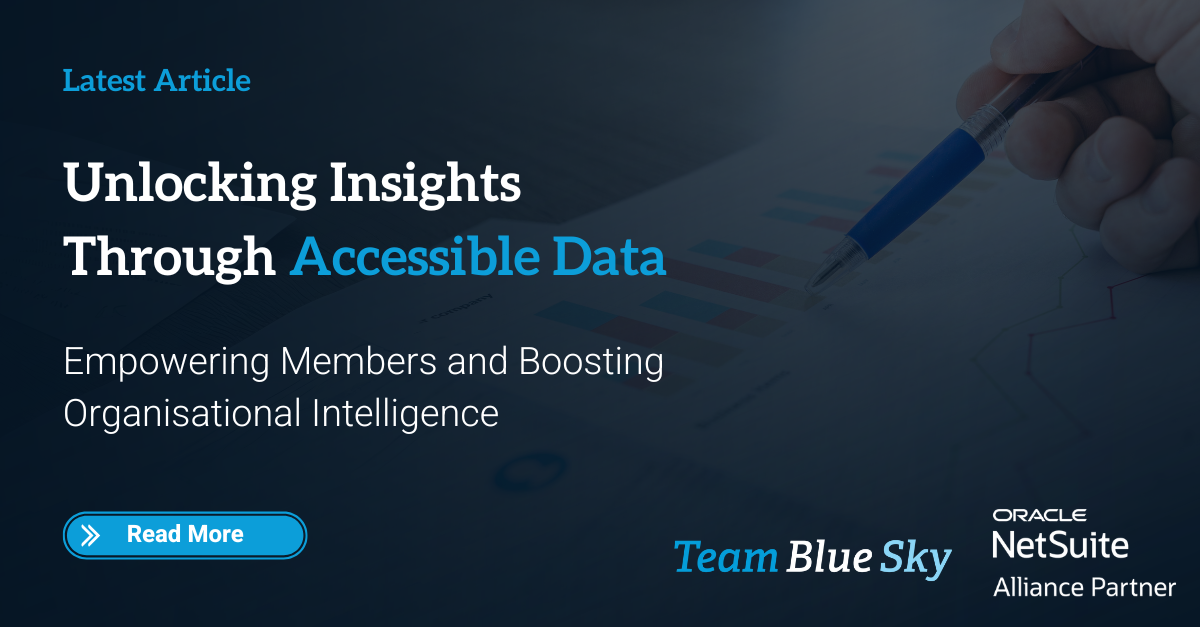10 Proven Strategies for Improving ERP User Adoption in Your Organisation
For Super Users and Functional Leaders, the challenge of enhancing ERP user adoption is both vital and intricate. Without widespread engagement, the return on investment in ERP technology can be significantly diminished, and organisations risk missing out on the transformative benefits these systems offer. This article explores ten proven strategies to promote ERP user adoption, helping your organisation realise its full potential.
Understanding the Barriers to ERP User Adoption
Before addressing strategies, it’s important to recognise why ERP user adoption can be particularly challenging. Resistance to change is a natural human reaction, especially when it involves new technology that upsets established routines. Users may fear the unknown, worry about job security, or feel overwhelmed by the scale of change. Poor training, ineffective communication, and limited visible leadership support can also hinder adoption. Identifying these barriers is the first step towards overcoming them, fostering an environment where users feel encouraged to embrace the new system.
The Importance of a User-Centred Approach
A successful ERP rollout isn’t solely about the technology itself; it’s about people. Putting users at the centre of your ERP strategy is essential to drive adoption. This involves engaging end-users early, listening to their concerns, and designing solutions that genuinely meet their needs. When users feel valued and understood, they’re more likely to actively participate and champion the change. An approach focused on users also calls for ongoing support and open feedback channels, ensuring the system continues to evolve in line with their requirements and organisational objectives.
Lead by Example and Demonstrate Visible Commitment
Leaders should actively use the ERP system in their daily work and encourage their teams to do the same. This includes showcasing how the system benefits their own roles and departments. Beyond just verbal support, visible actions like participating in early training sessions, sharing personal success stories, or even having their team meetings conducted using the ERP's collaboration features, can send a strong message of endorsement. When employees see their leaders actively engaged and benefiting from the system, it instills confidence and models the desired behavior, reducing resistance and encouraging broader adoption.
Establish and Communicate Clear Success Metrics
To foster accountability and demonstrate tangible progress, leadership should define clear, measurable success metrics for ERP adoption and communicate these widely. These metrics could include user login rates, transaction volume, reduction in manual processes, or improvements in data accuracy. Regularly sharing progress against these metrics, both positive outcomes and areas for improvement, reinforces the importance of adoption and highlights the value being generated. This transparency builds trust and provides a continuous feedback loop, demonstrating that the ERP implementation is an ongoing strategic initiative with quantifiable returns.
Keep Everyone Informed and Engaged
Communication is the lifeblood of any successful change initiative. Throughout the ERP implementation journey, it is vital to keep users informed about what is happening, why it is happening, and how it will affect them. Regular updates, town hall meetings, and interactive Q&A sessions can all help to maintain momentum and address concerns as they arise. It is also important to tailor communication to different audiences, recognising that the information needs of a Super User may differ from those of an end-user or executive. By fostering two-way communication, organisations can create a sense of ownership and shared purpose.
Empower Users with Knowledge and Confidence
One of the most common reasons for poor ERP user adoption is inadequate training. Users need to feel confident in their ability to navigate the new system and perform their roles effectively. A comprehensive training programme should be tailored to the needs of different user groups, combining classroom sessions, hands-on workshops, and e-learning modules. Training should not be a one-off event but an ongoing process, with refresher courses and support available as users become more familiar with the system. By investing in user education, organisations can reduce anxiety and build a skilled, confident workforce.
Guide Users Through the Transition
Change management is a critical component of any ERP project. It involves preparing users for the transition, supporting them through the change, and helping them to adapt to new ways of working. Effective change management requires a structured approach, with clear roles and responsibilities, defined milestones, and regular progress reviews. Super Users and Functional Leads play a key role as change champions, providing guidance, answering questions, and modelling positive behaviours. By addressing both the technical and emotional aspects of change, organisations can smooth the path to successful ERP adoption.
Engaging Stakeholders at Every Stage
Engaging users throughout the ERP lifecycle is essential for building buy-in and ensuring the system meets real-world needs. This means involving users in requirements gathering, system design, testing, and rollout. User feedback should be actively sought and incorporated into the project, demonstrating that their input is valued and making a tangible difference. When users see that their voices are being heard, they are more likely to take ownership of the system and champion its use within their teams.
Adapting to Evolving Needs
ERP systems are not static; they must evolve in response to changing business requirements and user feedback. Establishing a culture of continuous improvement ensures that the system remains relevant and effective over time. Regular user surveys, feedback sessions, and performance reviews can help to identify areas for enhancement and drive ongoing optimisation. By treating ERP adoption as an ongoing journey rather than a one-off event, organisations can maximise the value of their investment and maintain high levels of user engagement.
Providing Help When It Is Needed Most
Even with the best training and change management, users will encounter challenges as they adapt to the new ERP system. Providing robust support structures is essential for maintaining momentum and preventing frustration. This may include a dedicated helpdesk, online knowledge base, user forums, and peer support networks. Super Users and Functional Leads should be visible and accessible, offering guidance and troubleshooting assistance as required. By making it easy for users to get help, organisations can minimise disruption and keep the focus on business outcomes.
Recognising and Rewarding Adoption
Recognising and celebrating success is a powerful motivator for driving ERP user adoption. When individuals and teams achieve milestones or demonstrate exemplary use of the system, their efforts should be acknowledged and rewarded. This could take the form of public recognition, awards, or other incentives that reinforce positive behaviours. Celebrating success not only boosts morale but also creates a sense of momentum and shared achievement, encouraging others to follow suit.
Take Action to Drive ERP User Adoption
Improving ERP user adoption is a multifaceted challenge that requires a strategic, user-centric approach. By understanding the barriers to adoption, engaging users at every stage, and providing the support and recognition they need, organisations can unlock the full potential of their ERP investment. As a Super User or Functional Lead, you have a unique opportunity to lead by example and drive meaningful change within your organisation. Start by assessing your current approach, identifying areas for improvement, and implementing the strategies outlined in this article. With commitment and collaboration, you can transform ERP user adoption from a challenge into a success story—delivering lasting value for your organisation and its people.

Henry Sack
General Manager

With over 12 years of experience as a NetSuite implementation consultant, Henry Sack leads TeamBlueSky’s team of NetSuite and accounting experts in his role of General Manager.
TeamBlueSky is a leading Australian
NetSuite Alliance Partner whose mission is to provide critical
NetSuite BPO and
Payroll services to NetSuite clients who are wanting to simplify their
back office processes and partner with a leading
NetSuite administration expert.
TeamBlueSky have also partnered with global Suite Developer Network partners to offer local solutioning, implementation and support services for global NetSuite SuiteApps.


